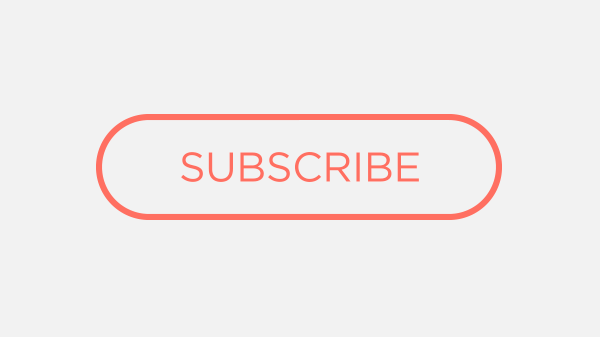
Facebook is introducing more tools for users to kick in subscriptions for publishers, but it’s unclear how many subscriptions it will meaningfully drive.
The platform has hosted subscription and membership boot camps for publishers before, helping dozens of local news outlets refine their reader revenue strategies. But Facebook has still taken a hands-off approach to, you know, sharing revenue with content creators or members of the industry decimated by Facebook’s and other companies’ digital advertising. Now Facebook is giving the reins of subscriptions via its Instant Articles to publishers, and it won’t be taking the 30 percent cut it usually takes from a similar product for creators.The first piece of its announcement is the expansion of subscriptions in Instant Articles for all “eligible publishers” (Facebook’s lingo). It’s been in testing for the past 18 months with 40 publishers worldwide, including Tribune Publishing, India’s Business Standard, and paywall tech company Piano, according to Facebook’s announcement.
The second tool is News Funding, a product tested with about a dozen publishers including Mexico’s Animal Político. Here’s how Facebook describes it:
News Funding is designed for local and niche publishers interested in using a Facebook-based membership model. Supporters pay a recurring fee to back the publisher’s news gathering work, and in exchange gain access to supporter-only exclusive content or other benefits. Some publishers also have experimented with providing supporters access to local cultural events.
Digiday’s Max Willens points out that News Funding is identical to the creator-focused Fan Subscriptions, except for the absence of the 30 percent cut. The impact of the first tool so far seems trivial to some publishers, Willens reported:
But so far, Facebook’s home-grown subscription-driving tool, which allows publishers to convert Facebook users into subscribers using Instant Articles, has not made a big impact on publishers’ hunt for subscribers. Publishers that participated in the tests of Facebook’s tools gave the tools a so-so grade after a year of use, saying that neither Facebook’s nor Google’s tools were driving meaningful subscriber growth. Facebook declined to share top-line statistics about how many subscribers its tools had helped publishers acquire.
“To date the number of conversions is so low that it makes no difference to me,” said a source at one publication that’s used Facebook’s tool, who declined to share a specific number of subscribers to avoid being identified.
Facebook says its testing and publisher feedback resulted in a welcome screen “to encourage new subscribers to follow a publisher’s page and see more of that publisher’s content in News Feed.” (You may recall pages in the feed aren’t doing too hot.) Apparently the welcome screen increased the articles read by subscribers on Facebook by 40 percent.